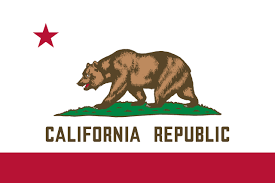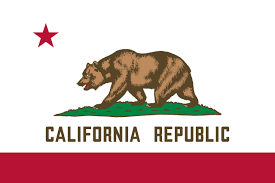CVC 22348(c): Speed and Lane Regulations
In California, obeying the rules of the road is not only a legal requirement but also a fundamental aspect of road safety. One particular set of regulations that drivers must be aware of involves CVC 22348(c) and designated lanes. In this article, we will delve into the significance of CVC 22348(c) and how it intersects with California's designated lane laws.
Understanding CVC 22348(c):
CVC 22348(c) is part of California's Vehicle Code, and it addresses a specific issue related to speeding. This regulation is often referred to as the "speeding over 100 mph" law. It unequivocally prohibits drivers from operating a motor vehicle at speeds exceeding 100 miles per hour (mph) on any highway in California, regardless of the posted speed limit.
Key points of CVC 22348(c) include:
-
Maximum Speed Limit: The law imposes a strict maximum speed limit of 100 mph on all highways in California. Even if the posted speed limit is higher, exceeding 100 mph is a violation of this law.
-
Serious Consequences: Violating CVC 22348(c) can result in severe penalties, such as hefty fines, potential driver's license suspension, and increased insurance rates.
-
Safety Emphasis: The law serves as a crucial safety measure, discouraging reckless driving behaviors that can endanger the driver, passengers, and other road users.
Designated Lane Laws and CVC 22348(c):
In California, designated lane laws complement speeding regulations such as CVC 22348(c). These laws specify how lanes on the road should be used and help maintain a safe and organized flow of traffic. Understanding how designated lanes intersect with speeding regulations is essential for safe and lawful driving.
Here are some key aspects of designated lane laws in California:
-
Carpool Lanes: Carpool or High Occupancy Vehicle (HOV) lanes are reserved for vehicles carrying a specified number of occupants (usually two or more). Violating carpool lane rules can result in fines.
-
Bus Lanes: Some lanes are reserved for buses and authorized vehicles. Unauthorized vehicles using these lanes can be subject to penalties.
-
Bike Lanes: Bike lanes are designated for bicycles and should not be used by motor vehicles, except in cases of right turns.
-
Turn Lanes: Turn lanes are designated for making specific types of turns, such as left turns or right turns. Staying in the correct turn lane is essential for preventing accidents and traffic disruptions.
-
Speed Limits in Designated Lanes: Even within designated lanes, drivers are still subject to the maximum speed limit set by CVC 22348(c). Speeding over 100 mph remains illegal, regardless of the lane type.
Safety and Legal Compliance:
Adhering to both CVC 22348(c) and designated lane laws is vital for road safety. Violating these regulations can result in serious consequences, including fines, license suspension, and increased insurance rates. Moreover, disregarding designated lanes can lead to accidents and traffic congestion.
In conclusion, CVC 22348(c) and designated lane laws are essential components of responsible and safe driving in California. Complying with the maximum speed limit set by CVC 22348(c) and respecting designated lanes not only helps prevent accidents but also ensures legal compliance. Drivers are encouraged to familiarize themselves with these regulations, exercise caution on the road, and prioritize safety for themselves and others.

DontPayTickets.com
Fight Back California Traffic Violations and Tickets

